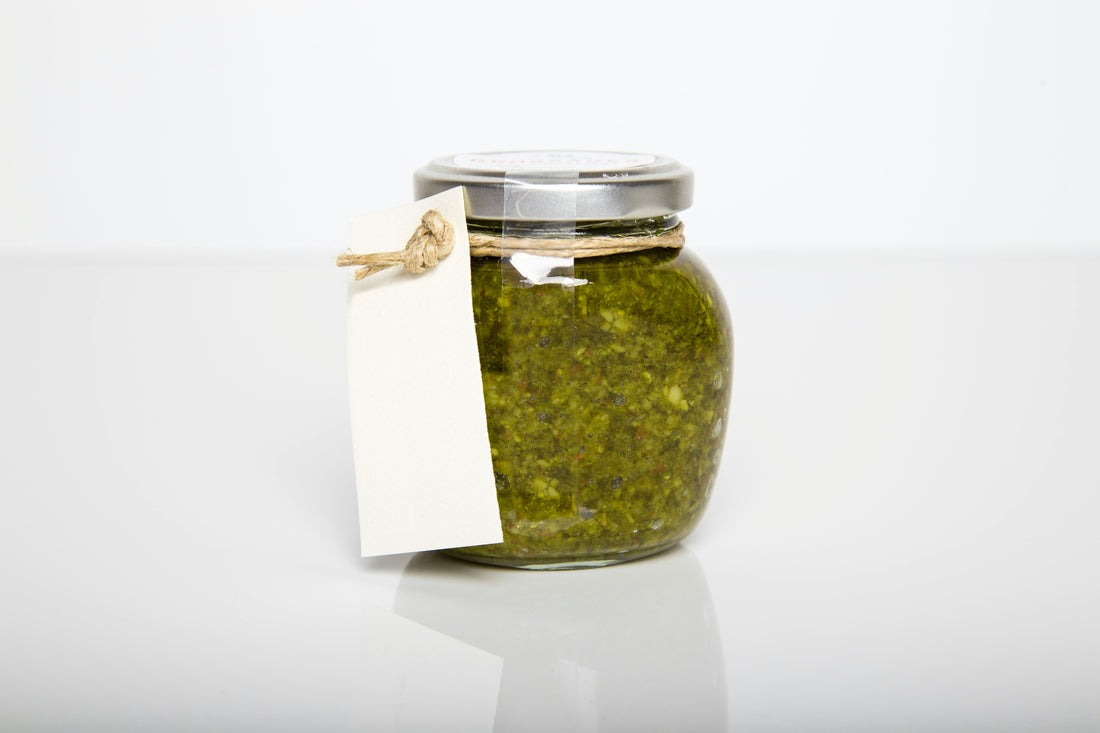
Anatomy of a Label
Share
Key Insights:
-What is a product label?
-Key Areas of a product label (Anatomy of a Label).
-What information goes on a product label?
-Understanding the “Ingredients” myriad.
-Decoding the signs and symbols.
-Reading the fine print.
-Summary.
This post will cover the basics of information that can be found on a product label. The labeling of cosmetic products is regulated differently by each country or continent. However, most large-scale producers of cosmetic products follow a standard format that complies with most regulations placed worldwide.
For a cosmetic product, the label on the product bottle or packaging is often the most important selling point. The shape of a bottle, the appearance of the product, colorful art, and overall appeal make a product attractive to a prospective buyer.
What is a Product Label?
A label is a matter (written, printed, or graphically expressed) affixed to a consumer commodity and/or its package.
Key Areas of a Product Label.

A product label is divided into the Principal Display Panel (PDP), and Informational Panel (IP). In general, PDP refers to the “front” or the “main” display area by which the products are displayed to a prospective buyer/consumer. Certain vital information about the product is required to be displayed on the Principal Display Panel. Informational Panel mostly contains additional details about the product. Products with a lid or jar may have an additional display panel.
What Information Goes on a Product Label?
The PDP of a label contains the following:
1) Product Identity- Is it a soap, cosmetics, butter, lotion, cream, ointment, shampoo?
2) Net Quantity of Contents- in Ounces, Fluid Ounces and in Milliliter, or Grams.
3) Brand Name of the Product or the Manufacturer.
4) Additional Advertising Elements such as Discount labels affixed to PDP.
The Informational Panel is often referred to as the back panel. In general, the following information is placed on the IP:
1) Ingredients Declaration in INCI and common name formats.
2) Name and Place of Business (Manufacturer or Retailer).
3) Phone number or Website of the Business.
4) Warning Statements, if any.
5) Directions of use, if any.
Understanding the Ingredients Myriad.
The Anatomy of a Label with its Principal Display Panel (PDP). The back panel (IP) of a cosmetic product has ingredients list in INCI and a common name format. Please refer to our blog post- Cosmetic Product Contents for more information.
Decoding the Signs, and Symbols.
Many manufacturers use various symbols that denote various instructions, processes, and peculiarities. Some of the symbols are identified here.
Reading the Fine Print.
The size of printed information on the label depends upon the size of the product packaging. Small packages often have very small size letters and it is common to have warning statements and directions of use printed in very small font sizes. One must read the ingredients, directions of use, warning statements, expiration date, and other information carefully while evaluating a product.
Summary.
A product label is the most important selling tool for a cosmetic product. However, it contains the most vital information about a product. A prospective buyer should carefully evaluate the product by reading and understanding its labeling information. How do you feel after reading through this brief discussion? Is your knowledge of Anatomy of a Label is clear? Would you read the product label differently when you evaluate your next product? Let us know! We hope that you found this blog post informative and useful. We encourage you to routinely visit our blog and share it with your family and friends.
Disclaimer-This website and any of its content, comment, writing, or authors/contributors/writers do not provide or suggest medical, legal, or professional advice, opinion, or service. The information shared on this website is not intended to diagnose, treat, cure, or prevent any disease.
